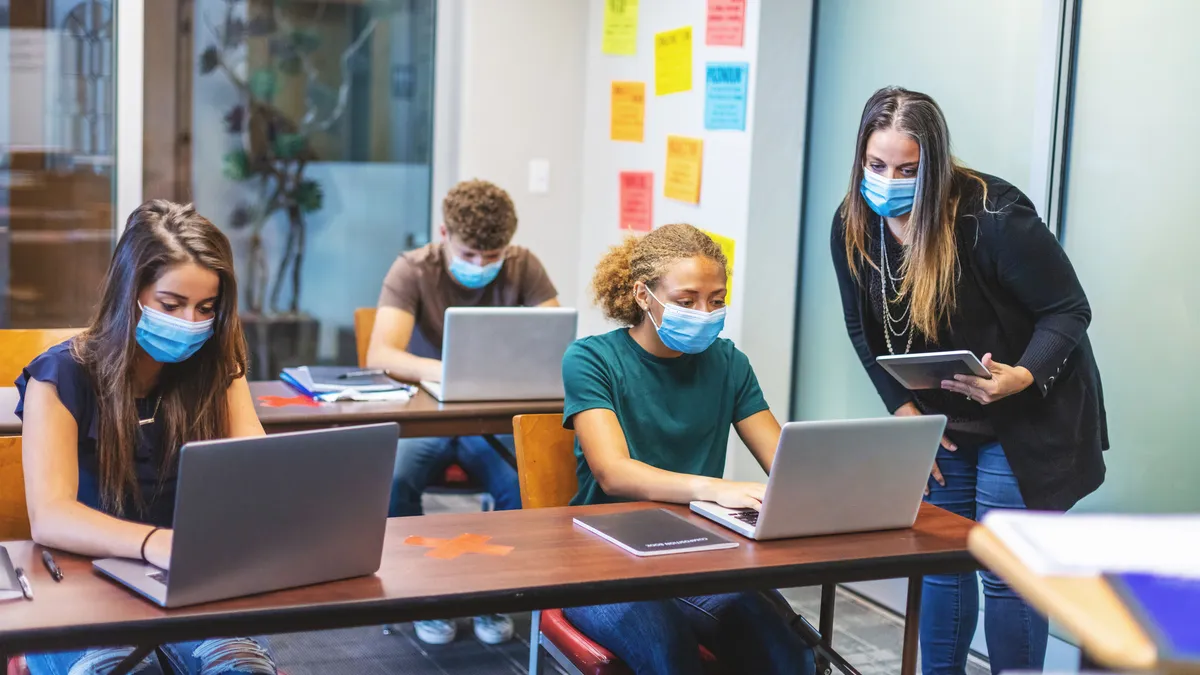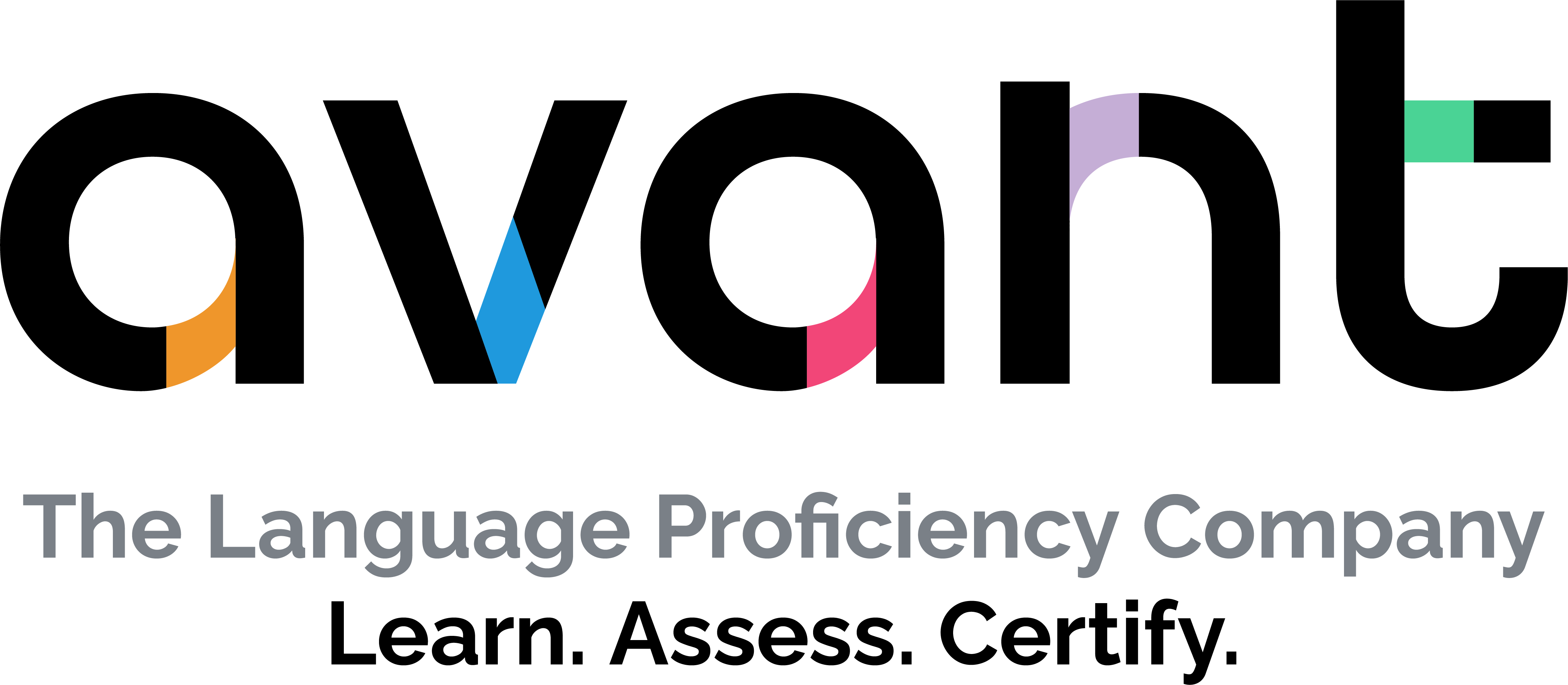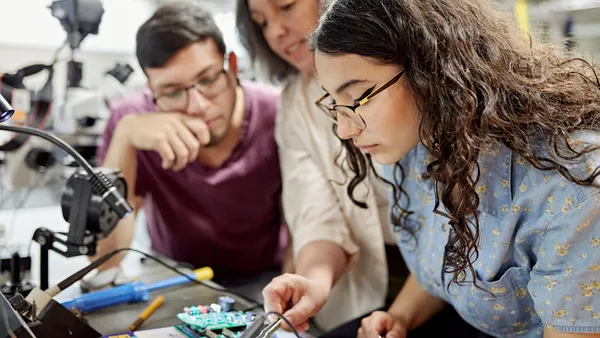Donna Spangler is the Hershey Middle School instructional coach at Derry Township School District. She also works as a K-12 instructional coach and virtual coach for Sibme. Previously she was a world language teacher for 29 years and served as past co-president of the board for the Learning Forward PA.
On average, teachers make thousands of decisions each school day. From the drive to school in the morning to prepping lessons the following night, teachers are constantly on the move. However, it’s important teachers take the time to pause and reflect on their strategies.
What’s working in their classroom? What methods are proving to be not as effective?
Self-reflection not only helps teachers to improve their strategies, it also sets students up for success and creates sustainable change. As an instructional coach at a middle school in Hershey, Pennsylvania, we lean on self-reflection through video to help our teachers grow and become even better at what they do.
Here’s why.
Seeing is believing
Self-reflection can be a challenging task, and a scary one at that. When a teacher watches themselves teach through video, they notice things they often don’t recall from that moment. Distracting hand movements and changes in tone, or how quickly you moved through a topic, or a student slightly raising their hand in the back of the classroom and quickly lowering it again.
These little moments that are otherwise missed are visible with video and enhance a teacher’s awareness of their classroom. That important lesson on fractions they talked through too quickly? They’ll now remember to pause for questions and double-check for hands in the back.
Video enables teachers to capture real moments in their classrooms. A research study found when participants recorded and analyzed their teaching, they were able to focus on details often overlooked in informal reflective practice or formal evaluation — heightening awareness of their overall progress.
In addition, video helps teachers analyze their students’ actions during class, such as:
- Engagement with course content, peers, and educators.
- Level of understanding.
- Behaviors with peers and adults.
- Quality of conversations.
Personalized feedback and guidance
The greatest feedback comes from others. Yet it’s nearly impossible to have other teachers sit in the back of a classroom for an entire lesson and provide feedback on instruction. Video allows teachers to share their strategies and gather feedback directly from their peers.
At our school, our teachers meet and discuss key insights, suggestions, and next steps based on the recordings from their classrooms to improve teaching strategies and create a space for knowledge sharing. Our teachers walk away from those meetings with actionable next steps that not only can be implemented that very day, but help to create a true growth mindset.
Those interactions are key to our teachers’ and student success.
Developing time and trust in professional development
For a teacher, there is never enough time in the day, and the COVID-19 pandemic added stressors and to-do’s on plates that were already overflowing. With our teachers being pulled in so many different directions, dedicated time for self-reflection has fallen short.
However, when using video, teachers can record themselves and move about their day without having to give it another thought. Then, when teachers meet to review their lessons, it’s an engaging process rather than a passive afterthought. By using video for self-reflection, professional development becomes a natural part of a teacher’s day and drives sustainable change.
Self-reflection sets teachers — and students — up for success
To make the most of in-person learning, it’s crucial schools and districts continue investing in their teachers through professional development. Dedicated time for professional development ensures teachers continue to grow and improve in their craft. Self-reflection through video leads to greater, more effective use of pedagogical strategies among teachers, resulting in improved performance from students. Our teachers grow as educators, and our students benefit for years to come.
No other method of professional development comes close to the power of seeing yourself teaching in your own classroom and your colleagues teaching in theirs.













